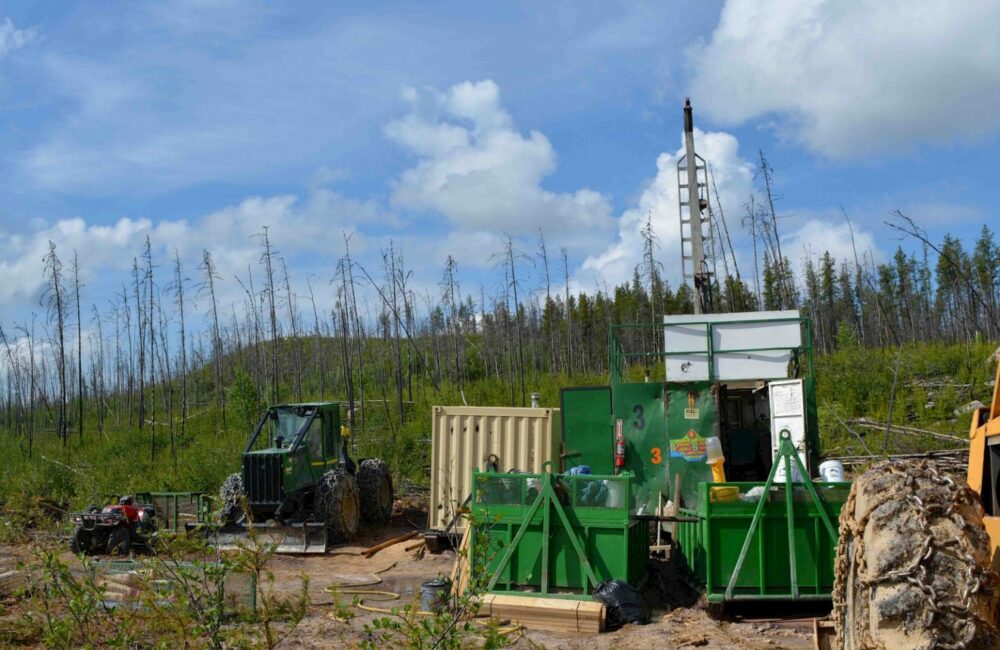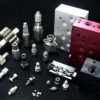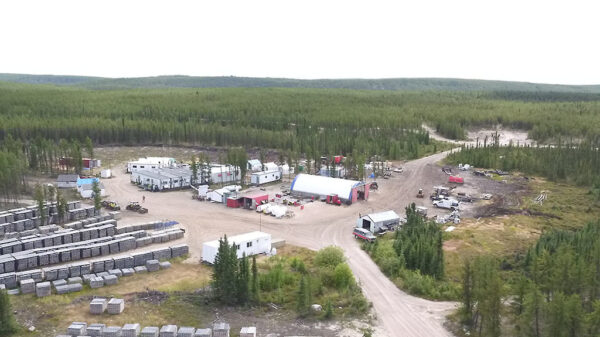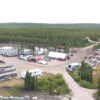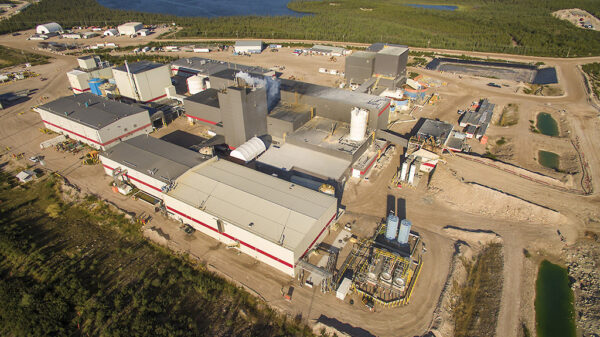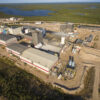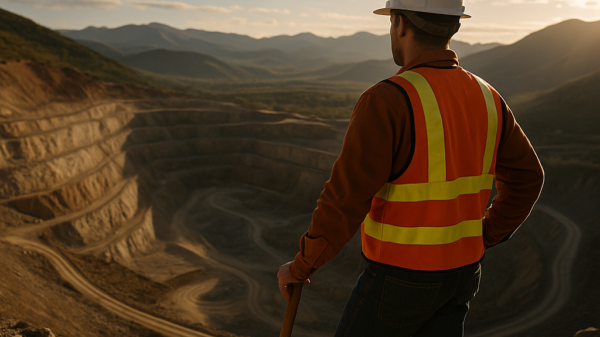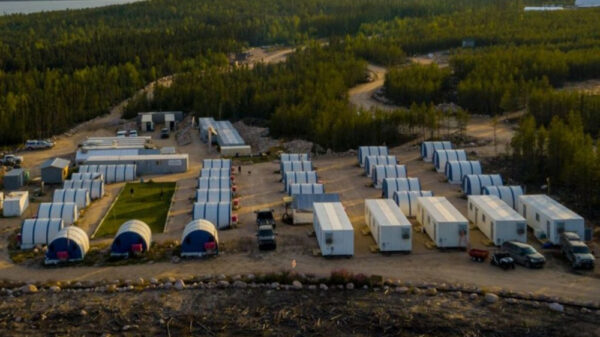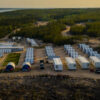F3 Uranium Corp (TSXV: FUU) (OTCQB: FUUF) received scintillometer results from four of its ongoing 30-hole summer drill program at the JR Zone on its Patterson Lake North Property.
The company announced two high grade intercepts on Monday within 11 meters of the Athabasca uncomformity.
Drill hole PLN23-073 was drilled 15 meters above the high-grade section mentioned in PLN23-068 on line 060S. In this hole, mineralization was found over a span of 11.5 meters, beginning 8 meters below the unconformity. Among the mineralization, there was a section of 0.70 meters with a particularly high grade of uranium, including 0.50 meters showing off-scale radioactivity between the depths of 225.00 meters and 225.50 meters.
Another drill hole, PLN23-074, was conducted on line 075S. It intersected a 15 meter wide mineralized zone, starting 11 meters below the unconformity. Inside this zone, there was a section of 0.20 meters with high-grade mineralization between the depths of 228.15 meters and 228.35 meters.
“The discovery of mineralization at the unconformity or in the sandstone would provide a compelling new target for JR Zone expansion drilling,” said Raymond Ashley, president of F3 Uranium.
Ashley said that both the Shea Creek deposit, located 46 kilometers north of PLN, and the Key Lake deposit on the eastern side of the basin serve as examples where uranium mineralization originating from the basement extends through the unconformity and into the sandstone layers.
Although the first drill hole on line 165S did not encounter any mineralization, plans are underway to conduct further drill holes in that section to expand the footprint of the JR Zone basement mineralization along its strike. Exploration drilling has started along the A1 main shear zone, and potential targets will be examined through drilling activities.
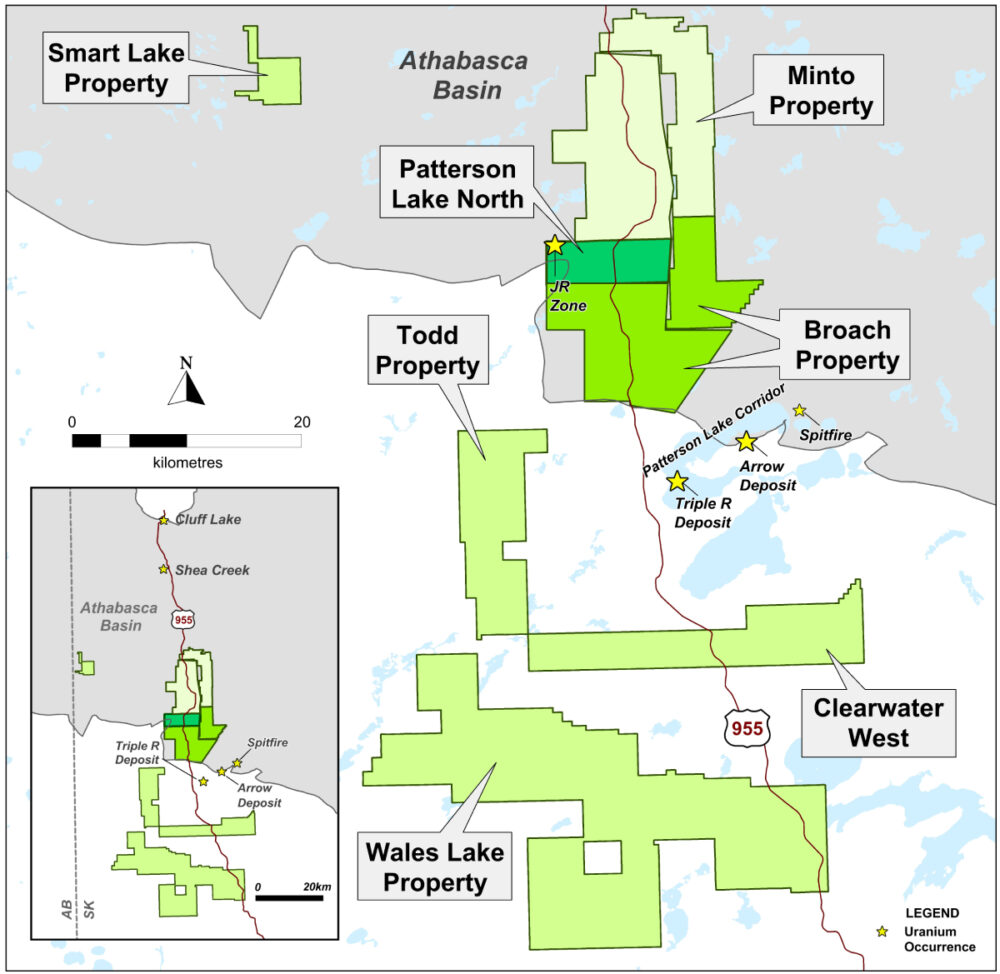
Patterson Lake North map. Image via F3 Uranium.
Read more: F3 Uranium finds high radioactivity during summer drilling campaign in Saskatchewan
Read more: Skyharbour Resources to acquire Athabasca Basin uranium project from Denison Mines
Uranium demand is high because of nuclear power demand
Uranium is considered a hot commodity due to its crucial role in nuclear power generation, which is recognized as a low-carbon energy source with the potential to reduce greenhouse gas emissions. Additionally, uranium’s growing demand is driven by the increasing interest in nuclear energy as countries seek to diversify their energy mix and reduce reliance on fossil fuels.
Uranium is found in various locations worldwide, including prominent regions such as the Athabasca Basin in Canada, known for its significant uranium deposits and high-grade ore bodies.
CanAlaska Uranium Ltd. (TSXV: CVV) (OTCQX: CVVUF) (Frankfurt: DH7N) relocated its field team, drill crew and equipment to the Geikie project in the Athabasca Basin in preparation for the upcoming summer drilling campaign last month.
The company announced that the focus of the drill program will be on investigating shallow, high-priority targets that have been identified through recent high-resolution airborne surveys.
Other uranium miners operating in the Basin include NexGen Energy (TSX: NXE) (NYSE: NXE), Azincourt Energy (TSX-V: AAZ) (OTCQB: AZURF) Basin Uranium Corp. (CSE: NCLR), Skyharbour Resources Ltd. (TSXV: SYH) (OTCQX: SYHBF) (Frankfurt: SC1P) and Baselode Energy Corp. (TSX-V: FIND) (OTCQB: BSENF).
.
Follow Joseph Morton on Twitter
joseph@mugglehead.com

